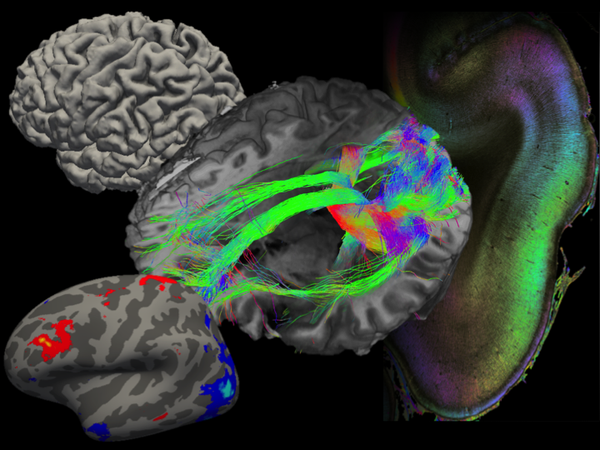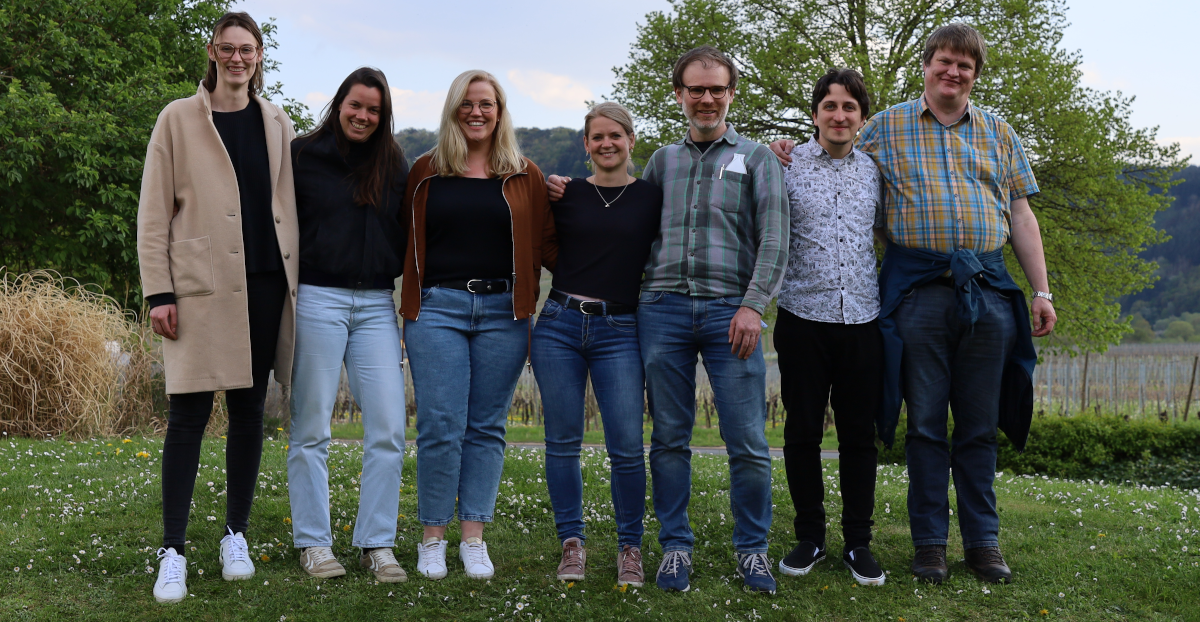Connectivity
The „Connectivity“ group is interested in the relevance of fiber tracts for the structure and architecture of the surface and cortex of the brain. A particular focus are changes in the anatomy of the brain’s surface and fiber tracts at older age.
To study the anatomy of the fiber tracts and their relevance for the structural connectivity of the brain, we investigate different organizational levels, from large fiber bundles up to the fanning of these bundles into single fibers in the cortex. This is achieved by combining different in-vivo and post-mortem imaging techniques. We particularly focus on the investigation of connectivity in the posterior part of the brain, i.e. parietal and occipital cortex, for understanding the paths for information processing from the visual system into the multimodal association cortices of the parietal lobe and subsequently, into areas of the frontal lobe. To integrate effects of genetic and environmental influences on connectivity, we use data from large epidemiological population studies with thousands of subjects, to which the “Connectivity” group is contributing (1000BRAINS; German National Cohort).

The approach of our group for studying brain connectivity allows investigation of the anatomy of fibers and fiber bundles across different scales. Results will be incorporated into the multimodal brain atlas which is developed in the INM-1 (Working group Architecture and Brain Function).



